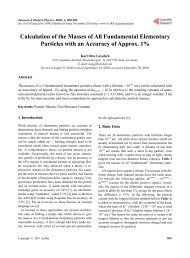Structure of the SAM-II riboswitch bound to S-adenosylmethionine
Structure of the SAM-II riboswitch bound to S-adenosylmethionine
Structure of the SAM-II riboswitch bound to S-adenosylmethionine
You also want an ePaper? Increase the reach of your titles
YUMPU automatically turns print PDFs into web optimized ePapers that Google loves.
Supplementary Figure 1 Secondary structure representation <strong>of</strong> wildtype and<br />
crystallized RNAs. (a) Sequence <strong>of</strong> <strong>the</strong> wild type RNA and also <strong>the</strong> RNA used in <strong>the</strong><br />
chemical probing experiments. A 21-nucleotide extension was added <strong>to</strong> <strong>the</strong> 3’end in<br />
order <strong>to</strong> ascertain <strong>the</strong> effect <strong>of</strong> this sequence on <strong>the</strong> unliganded RNA. Amino acids<br />
correspond <strong>to</strong> <strong>the</strong> first six residues <strong>of</strong> <strong>the</strong> putative metX gene, as identified by <strong>the</strong> high<br />
degree <strong>of</strong> homology <strong>to</strong> o<strong>the</strong>r identified metX genes. (b) Sequence and secondary<br />
structure <strong>of</strong> <strong>the</strong> crystallized <strong>SAM</strong>-binding mRNA psuedoknot upstream <strong>of</strong> <strong>the</strong><br />
putative metX gene from a Sargasso Sea metagenomic environmental sequence 1 . The<br />
nomenclature for <strong>the</strong> stems and loops (P1-P2 and L1-L3, respectively) is derived<br />
from standard naming <strong>of</strong> H-type pseudoknots. Red nucleotides are those whose<br />
identity is >95% conserved and blue corresponds <strong>to</strong> >80% conservation <strong>of</strong> identity.<br />
Starred residues indicate positions that were altered from <strong>the</strong> wild type sequence but<br />
retain <strong>the</strong>ir pattern <strong>of</strong> phylogenetic conservation (See Supplementary Table 1).<br />
Each change was made for a specific purpose: U1G for efficient transcription<br />
initiation by T7 polymerase, G52A for efficient 3’-end processing by a 3’-HδV<br />
ribozymes, and (C6G, U7C, A25G, G26U) <strong>to</strong> add a cesium/iridium ion binding site<br />
for phasing.




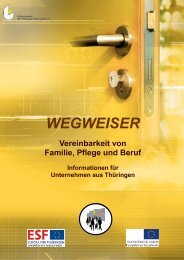
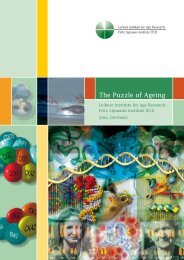

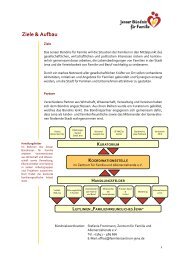



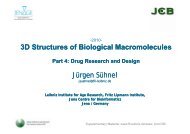
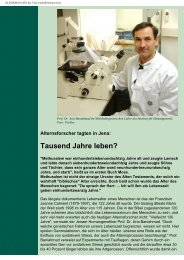

![Programm [pdf]](https://img.yumpu.com/20944039/1/184x260/programm-pdf.jpg?quality=85)
